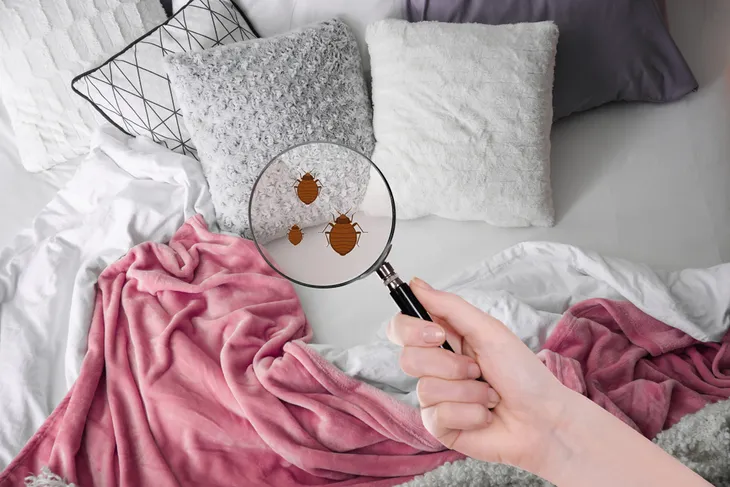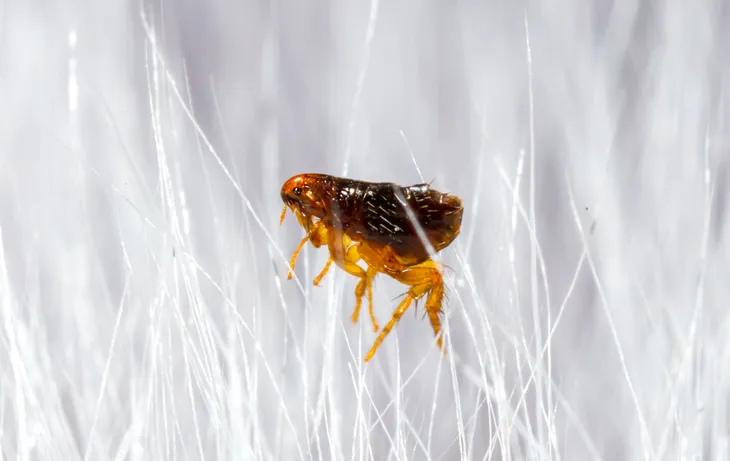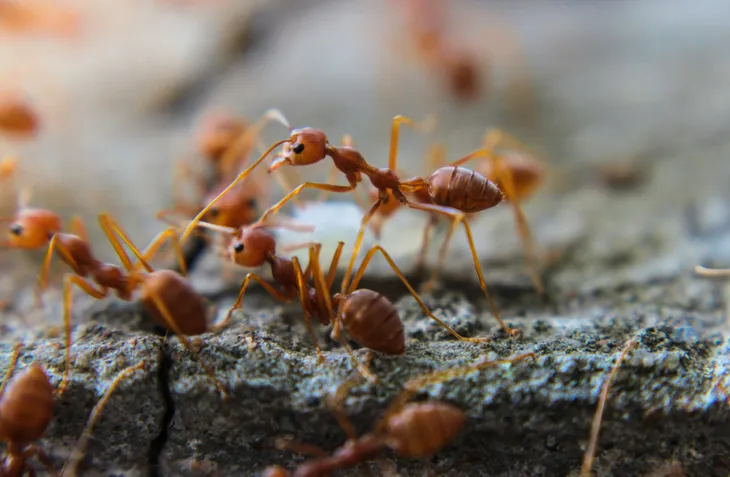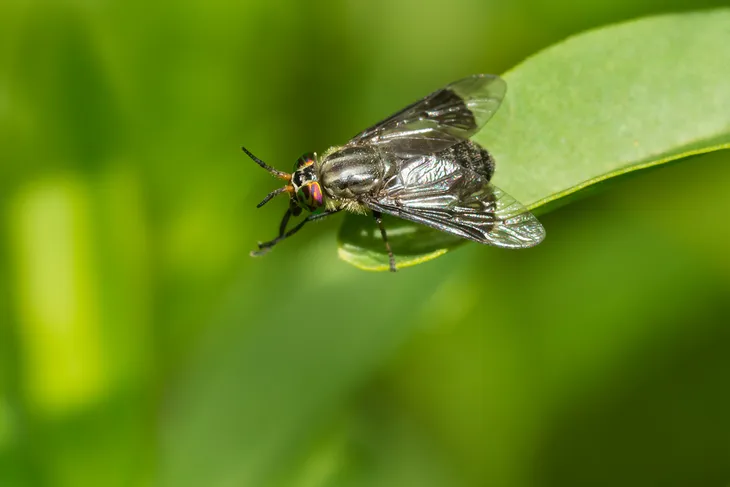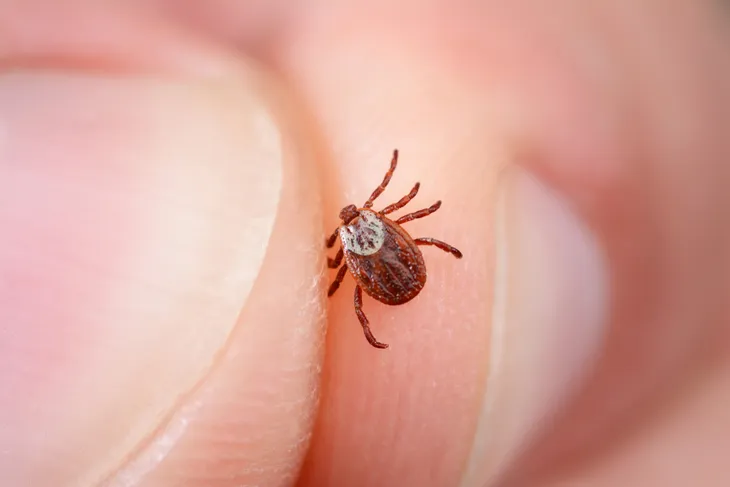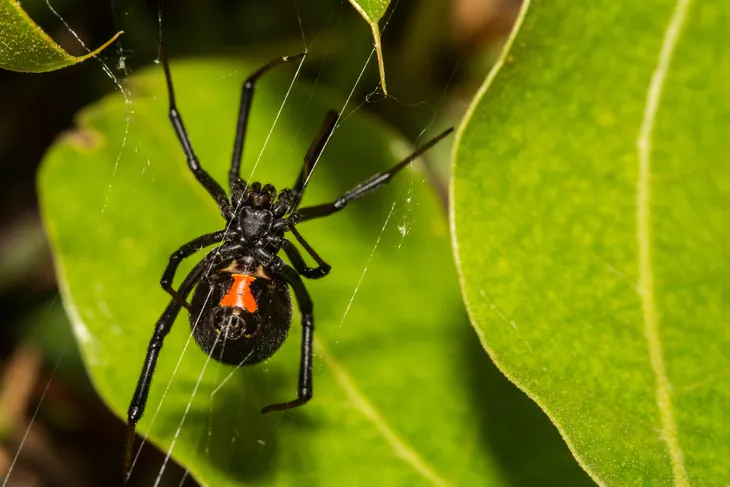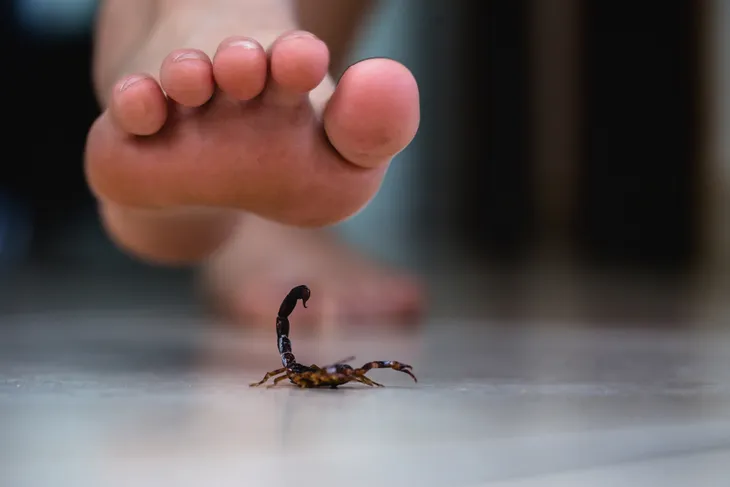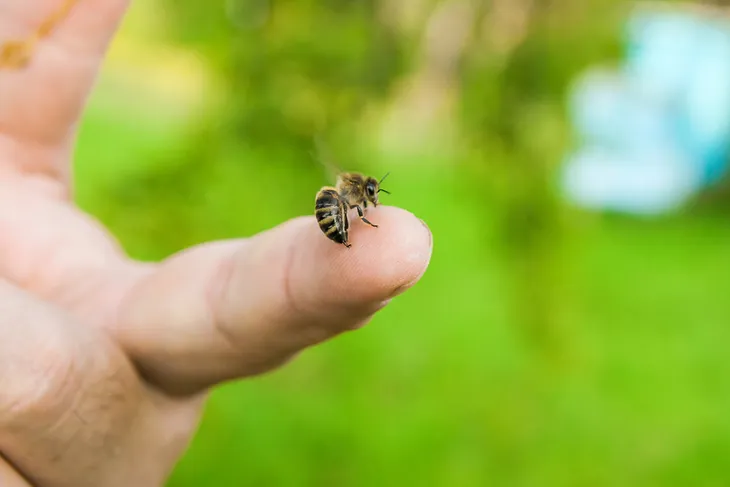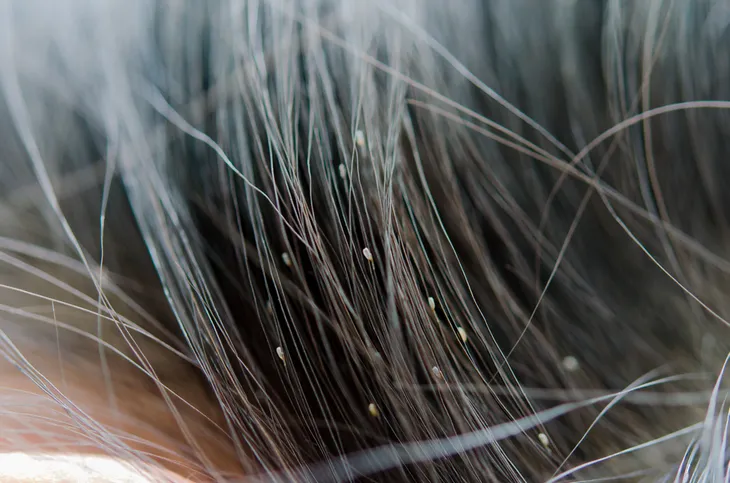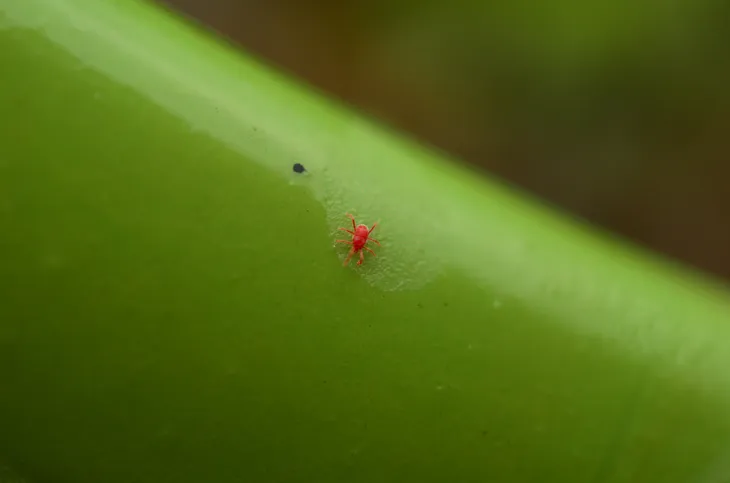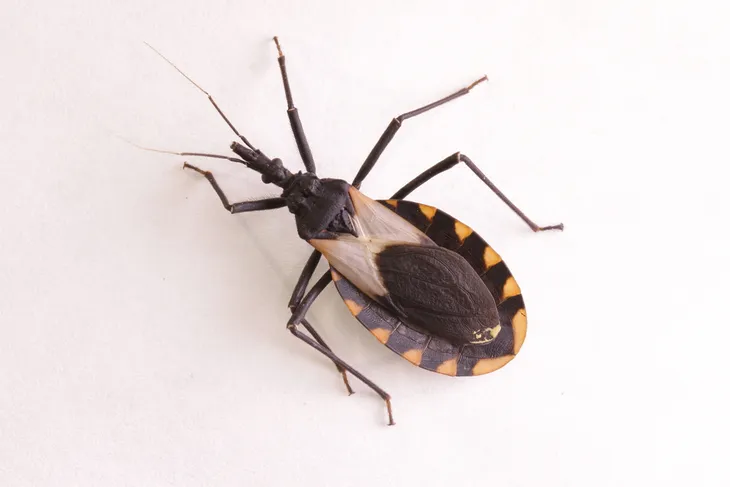Itchy bug bites can be extremely annoying and they can even be painful. To make matters worse, sometimes we don’t even know what bit us in the first place. While many bug bites and stings are harmless, and often heal on their own, others may require immediate medical care.
The best way to protect your health is by getting informed. Bug and arachnid bites and stings can share similarities but some can also have unique symptoms that will help you identify which pest bit you. Here’s what to look for when identifying common bug bites.
Mosquito Bites
Mosquito bites might be one of the easier bug bites to identify. A telltale sign that you’ve been bitten by a mosquito is a puffy, reddish bump that appears a few minutes after the bite. This happens because when the mosquito pierces the skin it injects saliva, which your body reacts to, explains the Centers for Disease Control and Prevention (CDC).
A day or so after the bite(s), the bump usually turns hard and itchy. Also, keep in mind, some people have a mild reaction while others develop large swelling from the bite.
Being able to identify a mosquito bite is important but doing what you can to prevent the bite is equally important because mosquitoes can spread diseases to humans such as West Nile virus, Zika virus, dengue fever, and malaria. Be on the lookout for signs of infection such as fever, headache, body aches, rashes, nausea, and tiredness, and notify a doctor if any abnormal symptoms develop.
Bed Bug Bites
Just thinking about bed bugs can make your skin crawl but according to the CDC, their bites don’t usually pose a serious medical threat. That’s not to say they aren’t a nuisance though.
When bed bugs bite they inject “an anesthetic and an anticoagulant that prevents a person from realizing they are being bitten,” explains the source. So you likely won’t know you’ve been bitten unless you see signs of an infestation or when the bite marks appear one to several days after the initial bite.
Signs of a bed bug bite include a slightly swollen red area that is often itchy or irritating. Bite marks can appear random or in a straight line and are often on areas that aren’t covered by clothing (such as hands, neck, or feet). The source also notes that bed bug bites can also cause insomnia or anxiety.
Flea Bites
Like mosquitoes, fleas feed on blood. Given the choice, fleas would rather feed on animals like cats and dogs because their fur allows them to hide easily, explains the Cleveland Clinic. However, fleas can and do still bite humans.
When fleas bite they cause small, itchy, red bumps that are surrounded by a halo. Symptoms begin immediately after you’re bitten. Bites may appear in a straight line or in clusters and are usually located on the lower legs, especially on the calves, ankles, and feet. The source says they rarely occur above the knee unless you sit or lie down a lot.
Fire Ant Bites
Fire ants can quickly derail your afternoon. These small red or black venomous ants can cause a painful, stinging bite. According to Medical News Today, the bite often starts with intense pinching or burning pain. Luckily, this only lasts for about a few seconds or minutes.
The stinging then turns to itching or burning which can be mild for some and intense for others. The source also notes that itching usually gets stronger over the next few days while it heals. What sets these bites apart from others is that they usually cause pus-filled blisters, which may look like pimples. Fire ants also usually attack in groups which means their bites will often appear in clusters.
Fly Bites
Some flies can be harmless (but yes, still annoying!) while others can pack a painful bite. According to Medical News Today, there are 6 major types of biting flies in the United States. They include biting midges, black flies, deer flies, horseflies, sand flies, and stable flies.
Signs of a fly bite usually involve swelling, itching, redness, and a small but visible hole in the middle of the bump. Symptoms may vary depending on what type of fly bit you. Some people may also have an allergic reaction to a fly bite which can cause dizziness and weakness. In severe cases, it may cause swelling in different parts of the body as well as difficulty breathing. If these symptoms develop it is a medical emergency.
Tick Bites
After spending time outdoors you should check your body for ticks. According to the CDC, a tick must be attached for 36- to 48-hours to transmit Lyme disease. So, take time to check your entire body and if you find one, take the proper steps to remove it.
Detecting tick bites can be a challenge because unlike mosquitoes or other bugs, they don’t usually cause immediate itching or irritation. Tick bites typically cause a red welt or itchy lesion after the tick has dropped away. If the tick wasn’t carrying a disease or infection the bite will likely fade away. However, if you notice an itchy lesion that doesn’t go away within a few days this may be a sign of infection. You should also be on the lookout for the tell-tale sign of Lyme disease which is a bull’s-eye-shaped lesion. If either occurs, contact your doctor right away.
Spider Bites
Spider bites can look like other bug bites as they typically appear as red, inflamed, and sometimes itchy or painful bumps on the skin, explains the Mayo Clinic. Harmless spider bites won’t cause any serious symptoms, however, you’ll want to be on the lookout for signs of a bite from a widow or recluse spider.
The source says signs of a widow spider bite include redness, pain, and swelling, as well as severe abdominal rigidity or cramping. You may also experience nausea, vomiting, tremors, or sweating.
Signs of a recluse spider bite include increasing pain over the first 8-hours after the bite, fever, chills, and body aches. The bite also often has a pale center that turns dark blue or purple with a ring around it. Seek immediate medical care if you develop any of these symptoms or if you think you may have been bitten by a dangerous spider.
Scorpion Stings
Although painful, scorpion stings aren’t usually life-threatening. That said, the Mayo Clinic warns that young children and older adults are most at risk for complications. Common signs of a scorpion sting include pain (sometimes intense), tingling and numbness, slight swelling, and warmth.
If the scorpion carries venom, severe symptoms can develop such as difficulty breathing, muscle twitching, unusual head movements, sweating, nausea and vomiting, accelerated heart rate, and high blood pressure. If you develop severe symptoms or if your child was stung by a scorpion, seek medical care immediately.
Bee Stings
Bee stings can cause different reactions for everyone from mild symptoms like temporary pain to a severe allergic reaction. The Mayo Clinic says in most cases, bee sting symptoms are minor, causing an instant, sharp burning pain at the sting site. It’s common for a red welt to develop and you may have slight swelling.
Some individuals are allergic to bee stings which can cause a severe allergic reaction (anaphylaxis). This can be life-threatening and requires emergency medical treatment.
Signs of anaphylaxis include swelling of the throat and tongue, difficulty breathing, a weak, rapid pulse, dizziness or fainting, and in some cases, loss of consciousness. It may also cause nausea, vomiting, or diarrhea. The source notes, “People who have a severe allergic reaction to a bee sting have a 25% to 65% chance of anaphylaxis the next time they’re stung.”
Lice Bites
Just thinking about lice can make your head itch. But head lice aren’t the only lice you have to worry about. Pubic lice and body lice can also cause uncomfortable symptoms.
Lice feed on blood and cause an “itchy immune reaction at the site of their bites,” explains the source. The telltale sign of lice is intense itching. You may also notice small areas of blood on your skin at the site of the bite.
Body lice are a cause for concern because they can spread dangerous illnesses like typhus, trench fever, and epidemic relapsing fever. Luckily Healthline says, “Good personal hygiene, healthy living conditions, and the washing of clothes will help eliminate the risk of body lice and their infections.”
Chigger Bites
Chiggers are tiny red bugs that like to roam in tall weeds, grass, berry patches, and wooded areas. They’re so small it’s easy to miss them but you will notice their bites.
Chigger bites typically cause itchy red bumps that often look like pimples, blisters, or small hives. They often appear in groups and are extremely itchy. Common places for chigger bites include the waist, ankles, in warm skin folds, or where clothing fits tightly.
Kissing Bug Bites
Kissing bugs, also called assassin bugs, are a cause for concern because they can transmit parasites that cause Chagas disease. Everyday Health says more than half of these insects carry the parasite.
Kissing bugs don’t usually roam around during the day but they do at night and can leave bites on the face. Their bites look like other bug bites, often causing itching, redness, and sometimes swelling. You’ll want to be on the lookout for symptoms of Chagas disease which can include fever, fatigue, body aches, headache, rash, diarrhea, vomiting, and loss of appetite.
The disease can have long-term effects too, affecting about 30-percent of people infected. Serious complications include an enlarged heart, heart failure, abnormal heartbeat, cardiac arrest, and an enlarged colon. Early intervention is key so be sure to contact your doctor if you suspect you’ve been bitten by a kissing bug.


